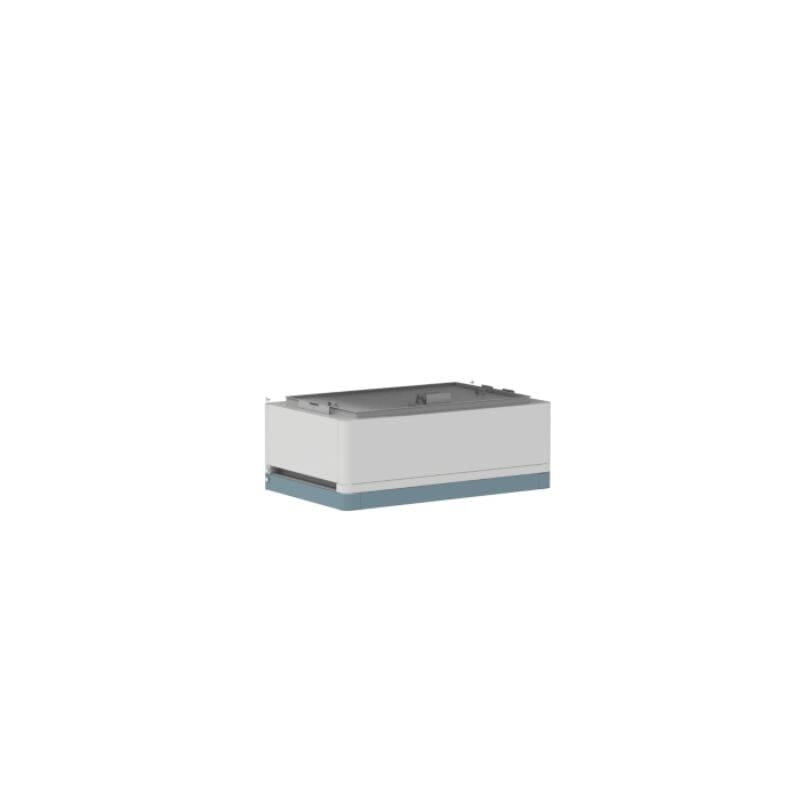There are
posts already about the S6, which is still just press releases from an end-user view point.
Interesting - thanks.
Caution is the word with any newly announced product, if it is anything like the RHI HVES 5G it is intended to replace, your looking at some time before the firmware isn't buggy for an even larger feature set promised, and there are UL9540A batteries ( LG RESU HV, Soluna HV or Pylontech H1 ) available to purchase in the US for this inverter.
Not in a rush. Architecting now for a build I want to complete in one or even 2 years… (when car conks out and I get an EV).
Based on previous sales of HV ( 300-400V ) ESS products from all vendors and how many have been discontinued, I don't see any market momentum that would indicate manufactures of having commercial success with the HV choice as all the offerings are proprietary in the battey communications limiting options to one or two high cost per kwh choices.
Today, yes. We’ll see how the trend unfolds tomorrow.
First, if Solis follows up with a LV / 48V variant, possibly at lower power levels, an HV battery will no longer be a requirement.
Second, I believe there is a good chance we are going to start seeing more and more HV battery offerings, at smaller sizes, and at more competitive pricing.
The stackable batteries based on 5.1kWh / 48V modules contricted with 100Ah LiFePO4 cells are very appealing but bigger than many honeowners need (at least for offset of overnight consumption, which is the minimum ante for any new solar installs under NEM 3.0).
With the new crop of 50Ah cells hitting the market, including the cylindrical cells, I believe it’s just a matter of time before we see a similar architecture based on 2.6kWh / 48V modules, meaning a minimum 144V 7.7kWh battery composed of 3 modules.
The most compelling feature of HV inverters with very wide battery voltage range such as the S6 is that adding battery capacity is trivial. A new module gets stacked on the battery and all wiring remains unchanged.
Look for more offerings, from many players all chasing a yet to be proven market in size for HV ESS.
I’m guessing that’s the gold rush we’ll be witnessing over the next 5 years and I’m impressed with where Ginlong / Solis has positioned themselves out of the gates.
If I’m going to have to get a specific battery qualified to function with a specific hybrid inverter / ESS, I’m much more agnostic about whether that battery is 48V or HV.
There are enough benefits to higher voltage batteries that once they can be used safely in homes, I think that is where things will be headed.
Ultimately, I think we’re headed to a future where HV Hybrids such as the S6 will have two DC battery inputs - one for the HV House Battery and a second for the V2H connection to the EV (DC output direct from the EV battery).
I was interested to see that Ginlong now sells an EVSE and we’ll see how quickly integrated ESS + EVSE solutions capable of delivering V2H and eventually V2G emerge from them and others…







